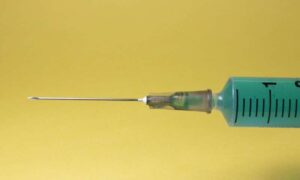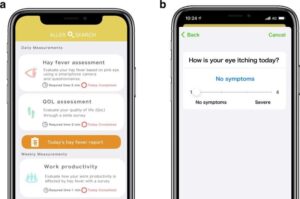MedTech News

‘Body-swap’ robot helps reveal how the brain keeps us upright
What if a robot could show us how the brain keeps us balanced? UBC scientists built one—and their discovery could help shape new ways to reduce fall risk for millions of people.

Monthly injection can help severe asthma patients safely stop or reduce daily steroids
A monthly injection has helped 90% of severe asthma patients reduce daily steroid tablets, which are associated with long-term side effects. More than half of the participants who had received the injection were able to stop their daily steroid tablets entirely, without any impact on their symptoms.

Possible therapeutic approach to treat diabetic nerve damage discovered
Nerve damage is one of the most common and burdensome complications of diabetes. Millions of patients worldwide suffer from pain, numbness, and restricted movement, largely because damaged nerve fibers do not regenerate sufficiently. The reasons for this are unclear.

10-minute scan could help millions with hard-to-treat high blood pressure
A speedy new scan could improve how millions of people with high blood pressure are treated, suggests a new study led by UCL (University College London) researchers.

Eye washing may ease hay fever ocular symptoms and improve quality of life
Hay fever, also known as allergic rhinitis, is the condition responsible for seasonal allergies or allergic reactions to other environmental allergens, like dust mites and animal dander. Ultimately, these symptoms disrupt daily activities and affect quality of life for hay fever sufferers.

BD Launches CE-Approved Surgiphor™ Surgical Irrigation System in Europe
BD Surgiphor™ is a sterile, ready-to-use irrigation solution designed to help loosen and remove debris from surgical wounds during procedures

AI detects first imaging biomarker of chronic stress
Using a deep learning AI model, researchers identified the first-of-its-kind biomarker of chronic stress detectable through routine imaging, according to research presented at the annual meeting of the Radiological Society of North America (RSNA).

Virtual retina could help unlock new vision loss treatments
New computer modeling could help scientists better understand how the retina regenerates, opening the door to new treatments for vision loss, according to a study from the University of Surrey.
